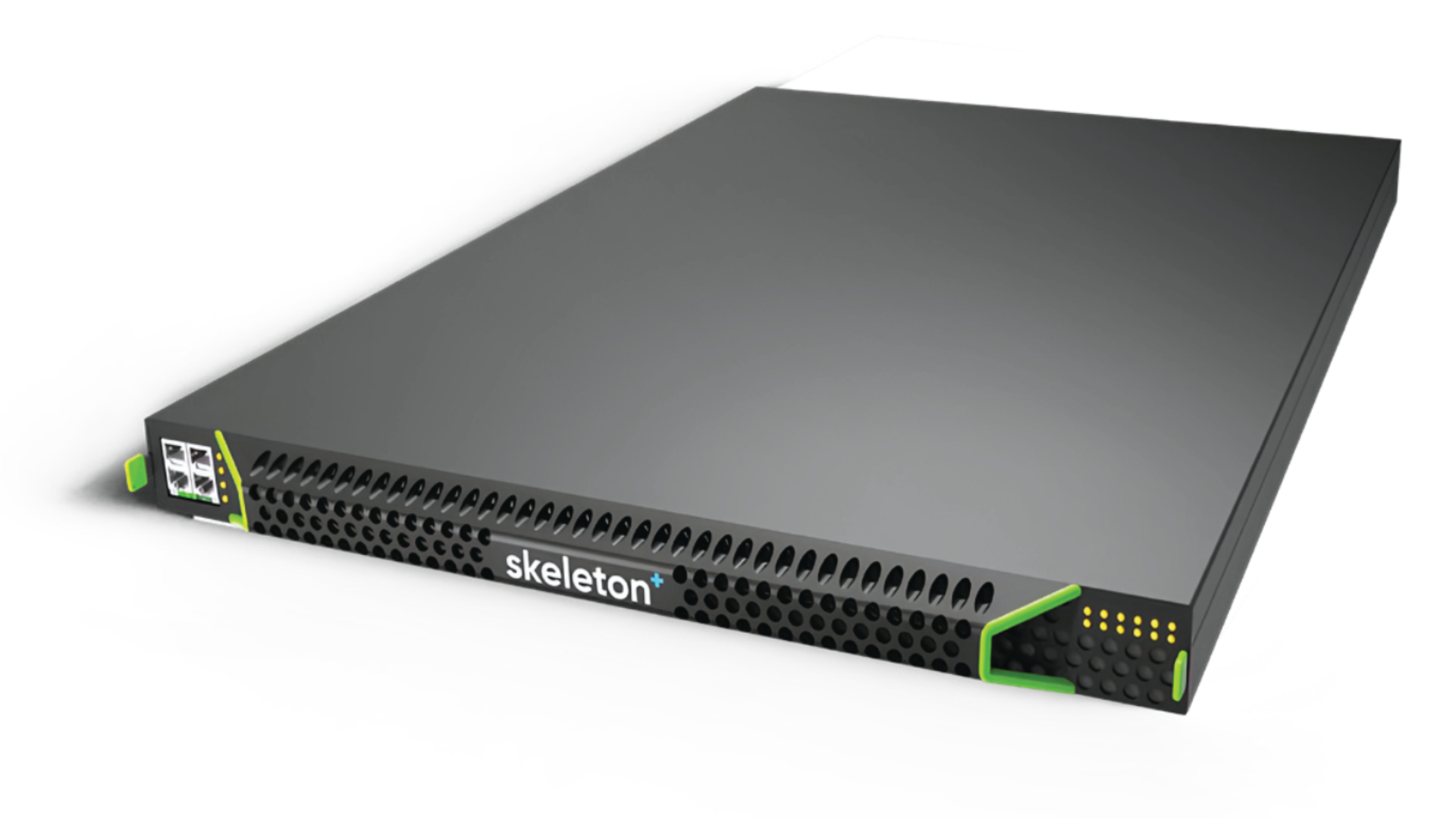Incident Response Planning – Preparing for Data Breaches
As the digital threat landscape intensifies and new technologies reshape business operations, cybersecurity budgeting in 2025 will be significantly transformed. Organizations worldwide are increasing their security spending and rethinking how to allocate resources most effectively to defend against evolving risks and support business growth. A Surge in Cybersecurity Spending Cybersecurity budgets are set to rise […] The post Incident Response Planning – Preparing for Data Breaches appeared first on Cyber Security News.

As the digital threat landscape intensifies and new technologies reshape business operations, cybersecurity budgeting in 2025 will be significantly transformed.
Organizations worldwide are increasing their security spending and rethinking how to allocate resources most effectively to defend against evolving risks and support business growth.
A Surge in Cybersecurity Spending
Cybersecurity budgets are set to rise sharply in 2025. Industry analysts predict a double-digit percentage increase in global cybersecurity spending compared to last year. Several converging factors drive this surge:
- A relentless threat environment, including a surge in ransomware, supply chain breaches, and deepfake attacks.
- The rapid adoption of cloud computing and artificial intelligence (AI), which expands the attack surface and introduces new vulnerabilities.
- Heightened regulatory scrutiny and the need for compliance with new and evolving standards.
- Persistent talent shortages are forcing organizations to seek efficiency and automation.
Despite these increases, most companies are simultaneously looking to cut costs in other IT areas, highlighting the need for strategic prioritization.
Key Investment Priorities for 2025
1. AI Security and Automation
The integration of AI into cyber defense and attack tactics is a defining trend for 2025. Organizations are investing in AI-driven threat detection, automated incident response, and behavioral analytics to keep pace with sophisticated adversaries. However, attackers are weaponizing the same AI tools, making AI security a top priority for IT leaders.
2. Identity and Access Management (IAM)
With identity-based attacks on the rise, modernizing IAM systems, often built on zero-trust principles, is critical. Investments are flowing into biometrics, multi-factor authentication, and tools that can detect and mitigate deepfake-driven social engineering.
3. Vendor and Supply Chain Risk Management
High-profile breaches via third-party vendors have made supply chain security a board-level concern. Organizations are adopting risk-based approaches to vendor management, investing in tools and processes that provide visibility and control over external partners.
4. Quantum-Resistant Encryption
The looming threat of quantum computing has prompted proactive investments in quantum-resistant encryption and related research. Forward-looking organizations are preparing now to safeguard data against future quantum-enabled attacks.
5. Cloud and Infrastructure Security
As cloud adoption accelerates, spending on cloud security solutions, secure web gateways, and network/application firewalls is increasing. Upgrading legacy systems and integrating security into digital transformation projects are also high on the agenda.
6. Workforce and Training
With cyber talent in short supply, organizations are dedicating more of their budget to upskilling existing staff, hiring specialized personnel, and preventing burnout among security teams. Automation is also being leveraged to offset workforce limitations.
Sectoral and Regional Trends
Budget increases are not uniform across all sectors. While IT services and software companies are leading in boosting cybersecurity budgets, some public sector organizations are more constrained.
In India, the Union Budget 2025 increased cybersecurity funding with a strong focus on AI, quantum computing, and expanding national cyber operations. This reflects a global trend of governments ramping investments to protect critical infrastructure and digital economies.
The ROI Imperative: Justifying Every Dollar
With budgets rising, boards and executives demand greater accountability and straightforward returns on cybersecurity investments. CISOs are expected to demonstrate the effectiveness of their programs through risk quantification and business impact analysis.
This shift prompts a move from indiscriminate spending toward targeted investments that directly support business continuity and resilience.
Strategic Budget Allocation: Best Practices
- Adopt a risk-based approach: Prioritize investments based on the most significant risks to the organization, rather than spreading resources thinly across all possible threats.
- Reduce tool sprawl: Consolidate overlapping security tools to streamline operations and cut unnecessary costs.
- Invest in automation: Use AI and machine learning to improve detection and response capabilities while alleviating pressure on human analysts.
- Continuously monitor and adjust: Regularly review security posture and adjust spending to address emerging threats and business changes.
- Embed security across the enterprise: Shift from siloed security departments to a federated model that integrates security into all business units and digital initiatives.
Looking Ahead
The cybersecurity budgeting landscape in 2025 is characterized by both expansion and discipline. Organizations are spending more, but with a sharper focus on high-impact areas- AI, identity, supply chain, quantum resilience, and cloud security.
As threats evolve and budgets come under greater scrutiny, the winners will be those who can balance innovation, efficiency, and risk management, ensuring that every rupee or dollar spent delivers measurable security and business value.
Find this News Interesting! Follow us on Google News, LinkedIn, & X to Get Instant Updates!
The post Incident Response Planning – Preparing for Data Breaches appeared first on Cyber Security News.














































































































































































![[The AI Show Episode 150]: AI Answers: AI Roadmaps, Which Tools to Use, Making the Case for AI, Training, and Building GPTs](https://www.marketingaiinstitute.com/hubfs/ep%20150%20cover.png)
![[The AI Show Episode 149]: Google I/O, Claude 4, White Collar Jobs Automated in 5 Years, Jony Ive Joins OpenAI, and AI’s Impact on the Environment](https://www.marketingaiinstitute.com/hubfs/ep%20149%20cover.png)
































































































































![How to Survive in Tech When Everything's Changing w/ 21-year Veteran Dev Joe Attardi [Podcast #174]](https://cdn.hashnode.com/res/hashnode/image/upload/v1748483423794/0848ad8d-1381-474f-94ea-a196ad4723a4.png?#)





































































































































_ArtemisDiana_Alamy.jpg?width=1280&auto=webp&quality=80&disable=upscale#)



























































































![In the market for a new router? Here are 13 models to avoid, according to the FBI [U]](https://i0.wp.com/9to5mac.com/wp-content/uploads/sites/6/2025/04/Most-Americans-are-paying-more-for-broadband-%E2%80%93-here-are-four-solutions.jpg?resize=1200%2C628&quality=82&strip=all&ssl=1)




![Galaxy S25 Ultra gets ‘Arc’ case that leaves the phone mostly exposed – available for Pixel 9 too [Gallery]](https://i0.wp.com/9to5google.com/wp-content/uploads/sites/4/2025/05/arc-pulse-case-galaxy-s25-ultra-1.jpg?resize=1200%2C628&quality=82&strip=all&ssl=1)
















![Apple 15-inch M4 MacBook Air On Sale for $1023.86 [Lowest Price Ever]](https://www.iclarified.com/images/news/97468/97468/97468-640.jpg)




































































